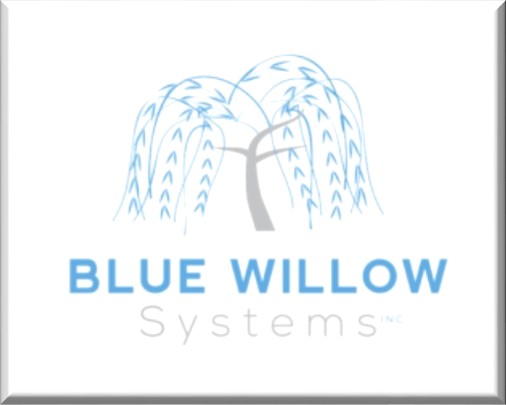Having to search for a “lost” resident undermines the community’s credibility and can increase loved ones’ guilt as they question whether placement was the right decision.
By Pam McDonald
When I was a marketing consultant with senior living communities, I used to sit in the lobby on a couple of Sundays to watch family members and friends come to pick up a resident for church or an outing or just to visit. If their senior wasn’t in the reception area when they arrived, staff had to be enlisted to search for them.
They’d phone the resident’s room, knock on their front door, peruse the dining room and other common areas, check with resident-friends, and phone, page or walkie-talkie other staff for help locating the resident.
A “Lost” Resident Shakes Families’ Confidence
Sometimes an hour or more would elapse and I would watch as the family members began to wonder, how could this community be giving my mother/father/grandmother/friend the best care if they can’t even find her/him?
Having to search for a “lost” resident undermines the community’s credibility and can increase loved ones’ guilt as they question (again) whether placement was the right decision. Luckily, this scenario just doesn’t happen in communities using Blue Willow Systems, a Senior Housing Forum partner.
The Systems’ Background and Development
Blue Willow’s state-of-the-art, cloud-based, patent-pending technology automatically monitors and maps residents’ real-time location and vital signs so an overall assessment can be made of their well being.
Vikram Devdas, a Silicon Valley engineer and entrepreneur, who serves as the company’s CEO, created Blue Willow Systems primarily for fall detection and notification in response to the tragic loss of his father from an undetected fall. Other practical senior-community-based uses were quickly added including elopement detection and notification of dementia care residents as well as geo-fencing.
How Blue Willow Systems Works
This software as a service (SaaS) technology is comprised of wearable BlueBands containing multiple sensors programmed with a proprietary algorithm. It’s designed on neural network computer brain training and uses artificial intelligence (AI) to recognize a fall versus other movements of the resident.
The BlueBand sends a signal 24/7 to the engineered BlueHub receivers that are placed in the resident’s living space and throughout the community. These signals provide real-time location and movement information, which is sent to the BlueCloud.
If a fall or elopement is detected an alert is triggered automatically and sent immediately to caregivers via both mobile devices and desktop computers. Blue Willow Systems generates an incident report and all data is stored in the cloud for staff workflow management.
Results So Far
Marjorie Todd, the Chief Operating Officer for Highgate Senior Living, which offers independent and assisted living as well as memory care in communities in Arizona, Montana, Washington, and California, decided to pilot Blue Willow Systems in her Montana community, where she has her most diverse staff from all generations, as well as the greatest number of staff who don’t readily use technology, even email.
“My greatest surprise was my staff, our residents and their families quickly adopting the system. Our residents didn’t resist at all . . . wearing the BlueBands. I was very surprised by how quickly my staff from all different generations and ages understood and started to use Blue Willow Systems. [They] . . . saw how easy Blue Willow Systems is to use. The . . . interface is very user friendly . . . [and] straight forward.”
Marjorie concludes, “People make a decision to move their loved one to a community for a variety of reasons – mostly peace of mind. We now have a level of credibility using Blue Willow Systems to prove we are caring.” And, imagine how impressed your communities’ visitors would be when you can locate their loved one immediately without a lot of drama.
For more information about Blue Willow Systems, call (877) 789-9657 or visit their website by clicking on the button below:
Click on the button below to download a PDF copy of this article:










